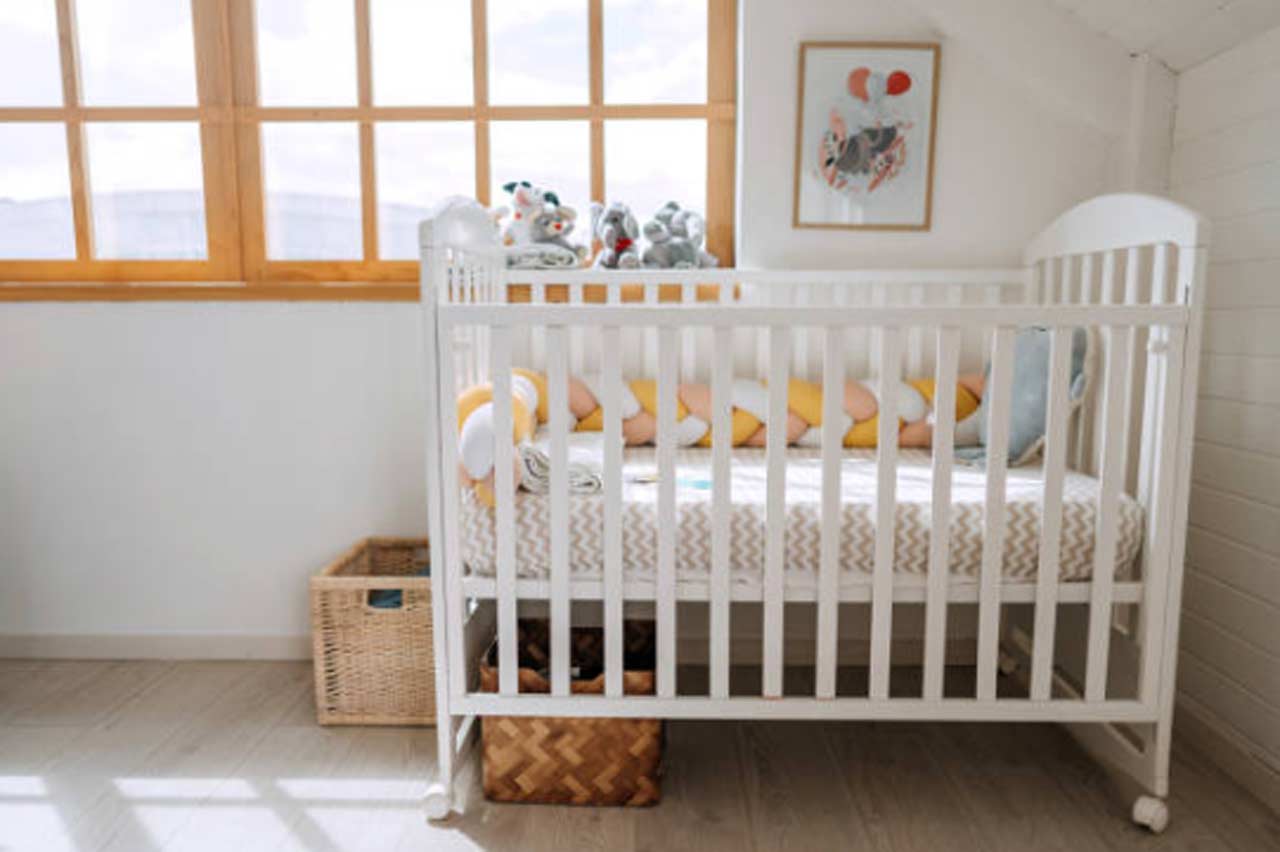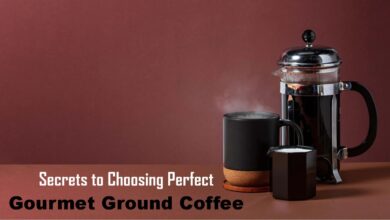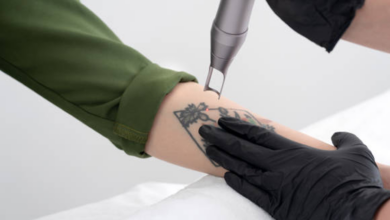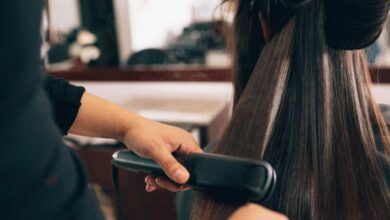Picking the right design is the main choice parents make while getting ready for their newborn. A choice includes cautious considerations of style, security, and functionality. Design manufacturers are keenly conscious of these variables and endeavor to adjust them in their designs. This post entry dives into how baby crib manufacturers accomplish this balance, guaranteeing that their environments address the issues and inclinations of today’s parents while providing a protected and comfortable environment for children.
The Significance of Security
Thorough Security Guidelines
Security is paramount with regards to designs. Manufacturers should follow rigid safety guidelines set by associations, for example, the Consumer Product Safety Commission (CPSC) and the Juvenile Products Manufacturers Association (JPMA). These principles cover different angles, including the separation of crib braces, the level of the bedding, and the utilization of non-poisonous materials.
Stringent Safety Requirements:
- Material safety: today’s cribs are produced using non-poisonous, hypoallergenic materials. Paints and completions utilized are water-based and liberated from unstable natural mixtures (VOCs), guaranteeing they are safe for infants.
- Underlying respectability: cribs go through testing to guarantee they can endure everyday deterioration without compromising security. This incorporates testing for strength, solidity, and the shortfall of sharp edges.
- High level security elements: A few manufacturers coordinate creative safety elements, for example, hostile drop rail frameworks, breathable lattice sides, and savvy sensors that alert parents to any strange movement or changes in the child’s current circumstances.
Nonstop Improvement
Producers are continually looking for ways to further develop crib safety. This includes remaining refreshed with the most recent security research, consolidating criticism from parents, and advancing new safety features. For example, the implementation of breathable sleeping pads and sides decreases the risk of suffocation, a basic step in crib safety.
Accentuating Style
Today’s design Patterns
Modern parents frequently need nursery furniture that matches their home’s taste. Accordingly, crib manufacturers have embraced today’s design patterns, offering environments that are both utilitarian and snazzy.
Famous design components:
Moderate Feel: Clean lines, impartial colors, and smooth design are exceptionally pursued. These environments can consistently squeeze into an assortment of interior styles, from Scandinavian to contemporary.
Adaptable Choices: Numerous manufacturers offer customization choices, permitting parents to browse various finishes, varieties, colors, and design features. This personalization makes a remarkable nursery that mirrors the family’s style.
Convertible design: Convertible cribs that can change into baby beds, daybeds, or even regular beds are becoming more popular. These designs offer long value as well as take care of the advancing necessities of developing kids.
Collaborative work with designers
Some crib manufacturers collaborate with renowned planners to make selective assortments. These joint efforts bring unique, high-end cribs that act as proclamation pieces in the nursery. Such cribs frequently integrate extravagant materials and imaginative design components, which is interesting to parents who need the best for their infants.
Guaranteeing functionality
Viable Elements
Functionality is a critical thought for crib manufacturers. Parents need environments that are protected and sharp, as well as functional and simple to utilize.
Practical Elements:
Adjustable Sleeping Cushion Levels: Many environments accompany customizable bedding levels, permitting parents to bring down the sleeping cushion as the child develops and turns out to be more portable. This feature improves security and comfort.
Capacity Arrangements: A few cribs are designed with worked away arrangements, like drawers or racks, giving additional room for child basics. This is particularly helpful in more modest nurseries where space is available along with some built-in costs.
Transportability: cribs with wheels or those that are not difficult to dismantle and reassemble offer added convenience for parents who need to move the crib between rooms or for the people who travel frequently.
Long-term Practicality
Convertible cribs are a symbol of practicality. They are designed to grow with the child, transitioning from a crib to a daybed, a baby bed, and eventually a conventional bed. The crib is a wise investment because of its long-term benefits and versatility.
Simplicity of Gathering
Today’s cribs are frequently designed with simplicity in mind. Manufacturers provide clear guidelines and fundamental instruments, guaranteeing that parents can set up the crib without proficient assistance. A few organizations significantly offer pre-collected choices, or alternatively, for more convenience, assembly services.
Adjusting Style, safety, and Usefulness
For crib manufacturers, striking the correct balance between use, safety, and style may be a challenging task. It necessitates a deep understanding of the needs and preferences of parents, in addition to a pledge of growth and excellence.
Innovative work
Manufacturers work hard to innovate in order to stay ahead of trends and enhance their products. This comprises:
Customer criticism: Manufacturers can see genuine utilization and identify development locations by effectively pursuing and incorporating parent input.
Progress: making cribs that are highly functional, safe, and intelligent by utilizing the newest technology and materials.
Consistency and Testing: Ensuring, via comprehensive testing and quality control procedures, that every item satisfies or exceeds security criteria.
Conclusion
In order to meet the needs of modern parents, baby crib manufacturers are always making advancements. They ensure that their products not only offer a safe and cozy environment for babies but also seamlessly integrate into modern lifestyles by balancing style, security, and utility. Design and manufacturing advancements will keep up with parenting trends and advancements, ensuring that parents choose the best products for their children.









